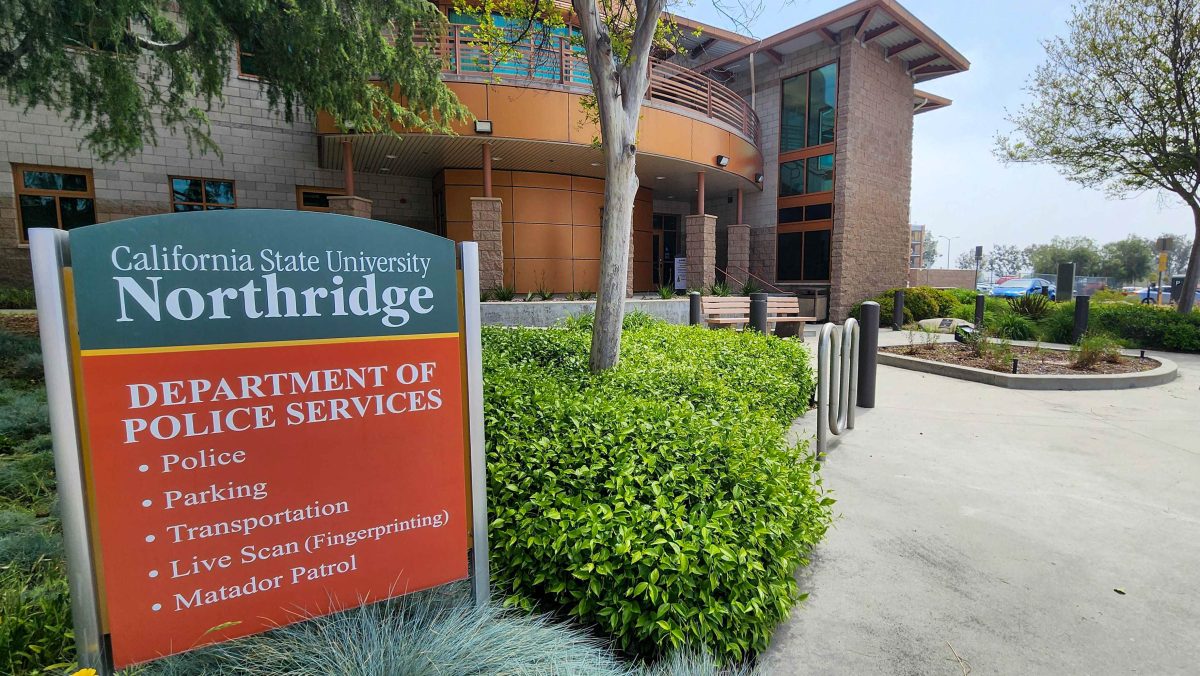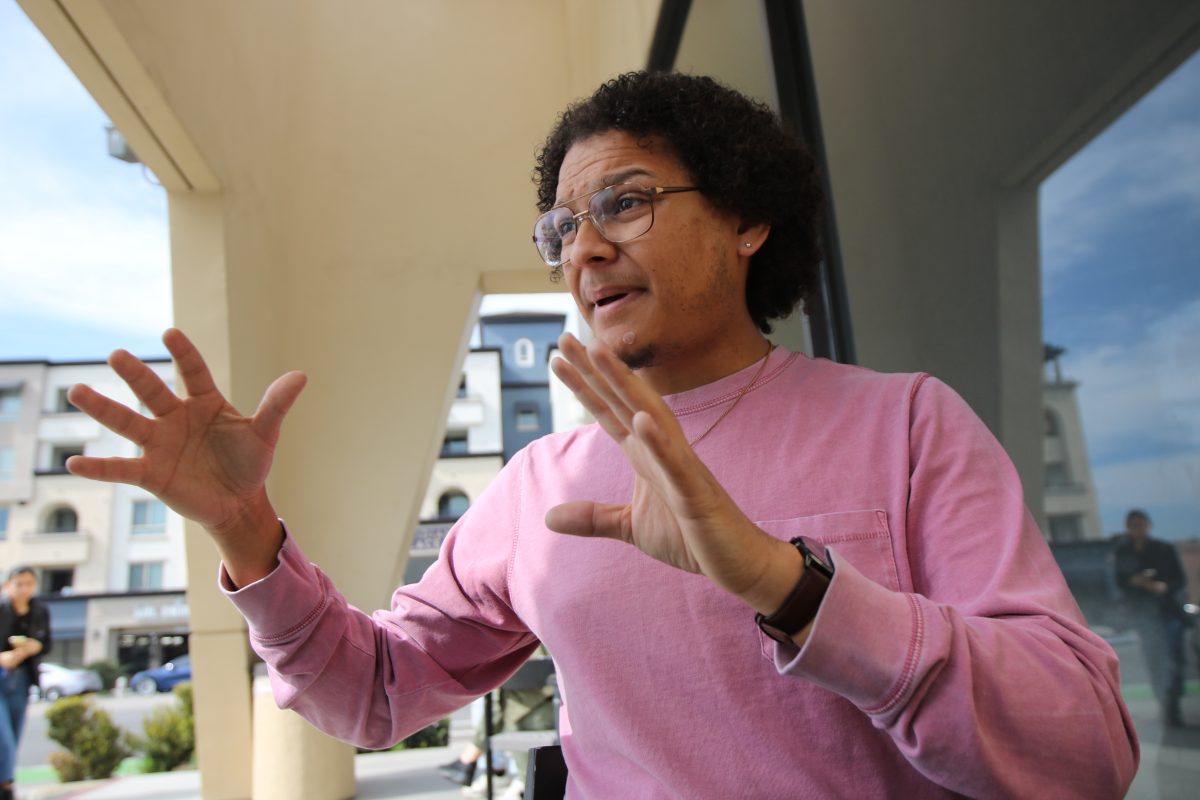>>Correction Nov. 7: The original article had some misinformation. Marnie Nemcoff’s title is vice president of marketing for Matadors Community Credit Union. The article stated that “Unlike big banks, credit unions are not-for-profit organizations, meaning any money they do make is given back to their members in the form of lower fees and higher interest rates, said Nemcoff.” Matadors Community Credit Union is not-for-profit, however what Nemcoff said was that credit unions differ from banks in that banks make a profit to make their shareholders a profit while credit unions are not-for-profit. The article also stated that “Matadors Community Credit Union is part of a co-op network in which members are able to use other credit union branches and ATMs, free of charge, to do their banking. She also added that they offer online banking and bill pay, direct deposit and that all 7-11 ATMs are part of the credit union’s free ATM network.” ATMs used at 7-11 stores are not completely free, they are surcharge-free.
While several major banks consider raising their fees, consumers may be wondering what alternative banking options are available.
Bank of America’s new $5 a month debit fee is just one of many changes that big financial institutions have begun making in the past few months. According to the L.A. Times, BofA, Wells Fargo, J.P. Morgan Chase and Citibank have already begun phasing out their free checking services and phasing in monthly maintenance fees that could cost the average consumer approximately $100 a year.
The alleged profit hoarding of the big banks have stoked consumer outrage and frustration and begged the question – what are my options?
There are a myriad of choices when looking for a financial institution, however consumers must ask themselves what it is that is really important to them. Is it convenience, lower fees or higher-return interest rates? Ultimately when choosing between an alternative banking option and a larger financial institution, there is going to be some give and take.
Alternatives to big banking include Credit Unions, online banking and smaller community banks.
Credit Unions vary from big banks in the fact that they are owned by their members and do not answer to shareholders. According to Marnie Nemcoff, marketing director for Matadors Community Credit Union, credit unions often offer all the same services a big bank does but usually at lower costs.
Unlike big banks, credit unions are not-for-profit organizations, meaning any money they do make is given back to their members in the form of lower fees and higher interest rates, said Nemcoff.
Credit Unions also offer more convenience than some of the other alternatives. Nemcoff said the Matador Community Credit Union is part of a co-op network in which members are able to use other credit union branches and ATMs, free of charge, to do their banking. She also added that they offer online banking and bill pay, direct deposit and that all 7-11 ATMs are part of the credit union’s free ATM network.
Some customers have found that credit unions offer more personalized service than bigger banks because they’re smaller financial institutions.
Matador Community Credit Union member, Dorris Jean, has been banking with the credit union for the past 25 years. She said she originally chose to bank with the credit union because it was affiliated with CSUN, but has since chosen to stay because she feels the credit union treats its members more fairly. She also said she appreciates the more personal service she receives – citing that she has established friendships with most of the tellers at her branch.
Other alternative banking options include online banks and smaller community banks.
Online banks, such as ING Direct and Ally, differ from big banks in the sense that they have very few physical branches, if any at all.
According to the U.S. News financial blog, online banks offer many of the same services as larger financial institutions but often offer accounts with no minimum balance requirements and lower fees. Additionally, online banks usually offer exponentially higher interest rates on their savings accounts.
Financial blogger, Wojciech Kulicki, wrote that banking online creates an “additional layer of separation” between the consumer and his money by requiring more time to access it. This can be seen as a drawback if the money needs to be accessed immediately, but can also be seen as a plus as said separation can prompt one to consider big purchases more carefully.
Unlike big banks, online banks boast the ability to offer customer service 24 hours a day, seven days a week.
A third banking option is local community banks. According to ConsumerReports.org. smaller local banks emphasize service and community ties and can often offer their customers better deals such as lower credit card interest rates, higher yields on savings accounts and lower interest rates on loans.
One of the major drawbacks to using smaller localized banks is they are not as widespread and do not offer the same ATM coverage as big financial institutions.
Individuals should make their own decisions, according to Professor James Dow, CSUN’s department chair of Department of Finance, Real Estate and Insurance chair, wrote in an email interview:
“No bank is right for every person. It’s important for the consumer to figure out what banking services are most important to them and then find that bank that offers those services at the lowest cost; know what you want and then shop around.”





